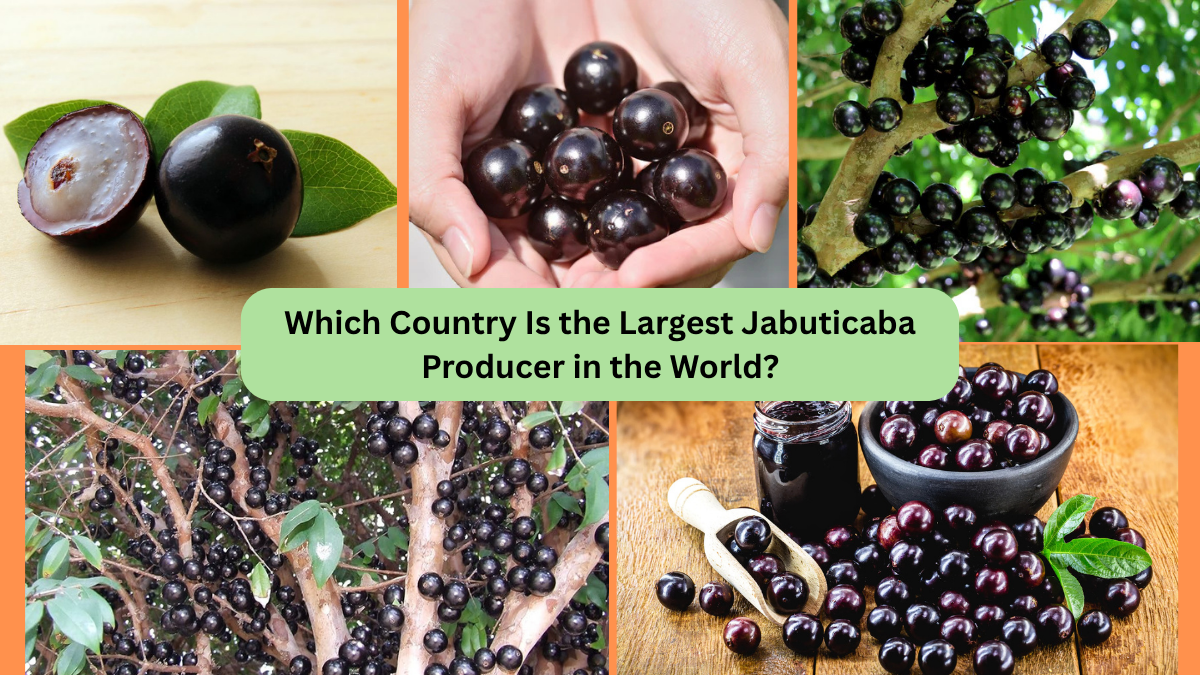With its surreal appearance—clusters of deep purple berries growing straight on tree trunks—jabuticaba (also spelled jaboticaba), known as the Brazilian grape, is one of the most extraordinary fruits. While cultivated in parts of South America and beyond, Brazil is overwhelmingly the largest producer of jabuticaba, thanks to its native origin, favorable climate, rich tradition, and growing agribusiness infrastructure.
What Is Jabuticaba?
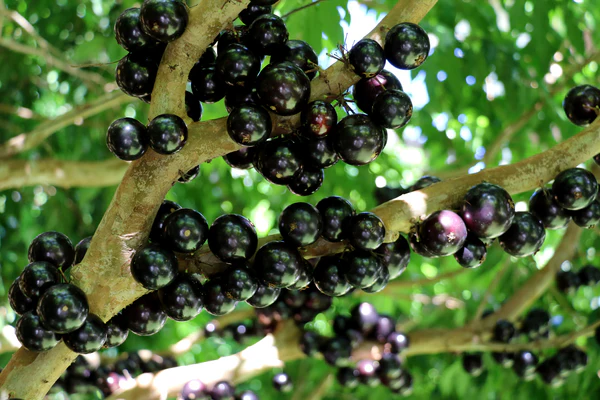
Jabuticaba (Plinia cauliflora) is a cauliflorous fruit native to Brazil’s Atlantic Forest. These grape-sized berries sport thick purple skin and white to rosy pulp that tastes much like muscadine grapes—sweet, tart, and aromatic ohmyfacts.com+5mdpi.com+5fruitswisdom.com+5fruitswisdom.com+2specialtyproduce.com+2reddit.com+2mdpi.com+2en.wikipedia.org+2specialtyproduce.com+2. Each fruit has 1–5 large seeds, and the trees can flower and fruit multiple times a year en.wikipedia.org.
The fruit is as perishable as it is delightful—spoiling within 3–4 days after harvest, which makes it primarily a local delicacy .
Brazil: Jabuticaba’s Heartland
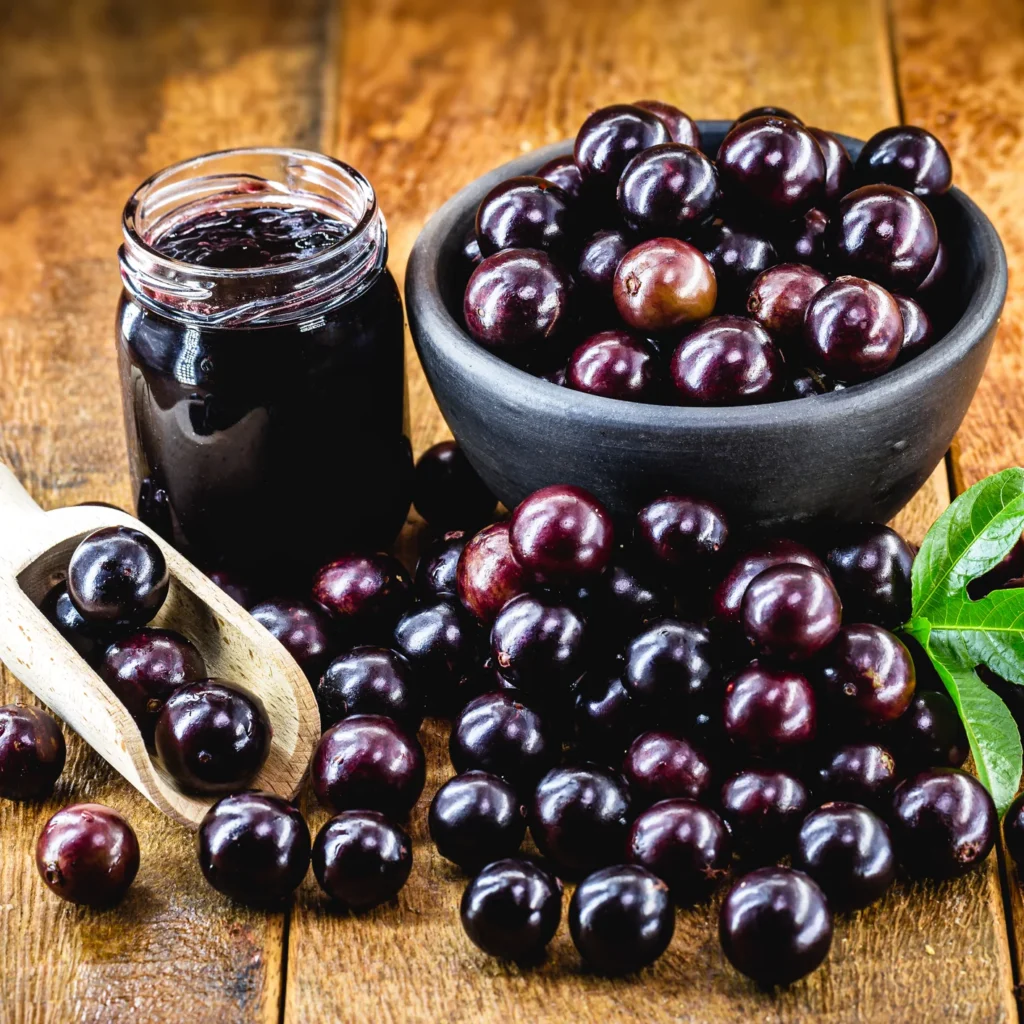
Origins & Main Growing Regions
Native to Brazil, jabuticaba thrives in states like Minas Gerais, São Paulo, Rio de Janeiro, Goiás, and Espírito Santo reddit.com+11en.wikipedia.org+11pt.wikipedia.org+11. It is part of both wild and cultivated landscapes.
Production Scale
- Around 2,646 t per year in São Paulo alone (2014–18 averages) prismajr.org.
- Paraná state yields ~1,300 t annually from just 104 ha en.wikipedia.org+2tridge.com+2ohmyfacts.com+2.
- Across Brazil, total production likely exceeds 5,000 t/year, with both fresh and processed markets en.wikipedia.org+6researchgate.net+6tridge.com+6.
Cultural Significance
- Festivals like Sabará’s Jabuticaba Festival draw over 130,000 visitors mdpi.com+4prismajr.org+4specialtyproduce.com+4.
- Specialty farms—like one 120-ha farm in Goiás—produce 450–500 t/year plus wine, sweets, and jams brazilianfarmers.com.
- The fruit’s popularity leaves purple stains on sidewalks during season fruitswisdom.com+2reddit.com+2specialtyproduce.com+2.
Processing & Agribusiness
Jabuticaba primarily goes to:
- Fresh local consumption
- Artisanal preserves: jams, jellies, juice (“Jabuticabada”), vinegar, wine, and liqueur mdpi.com+13prismajr.org+13brazilianfarmers.com+13pt.wikipedia.org+8pmc.ncbi.nlm.nih.gov+8fruitswisdom.com+8.
- Cosmetic and medicinal lines thanks to high content of anthocyanins and antioxidants specialtyproduce.com+2fruitswisdom.com+2pmc.ncbi.nlm.nih.gov+2.
Jabuticaba Beyond Brazil
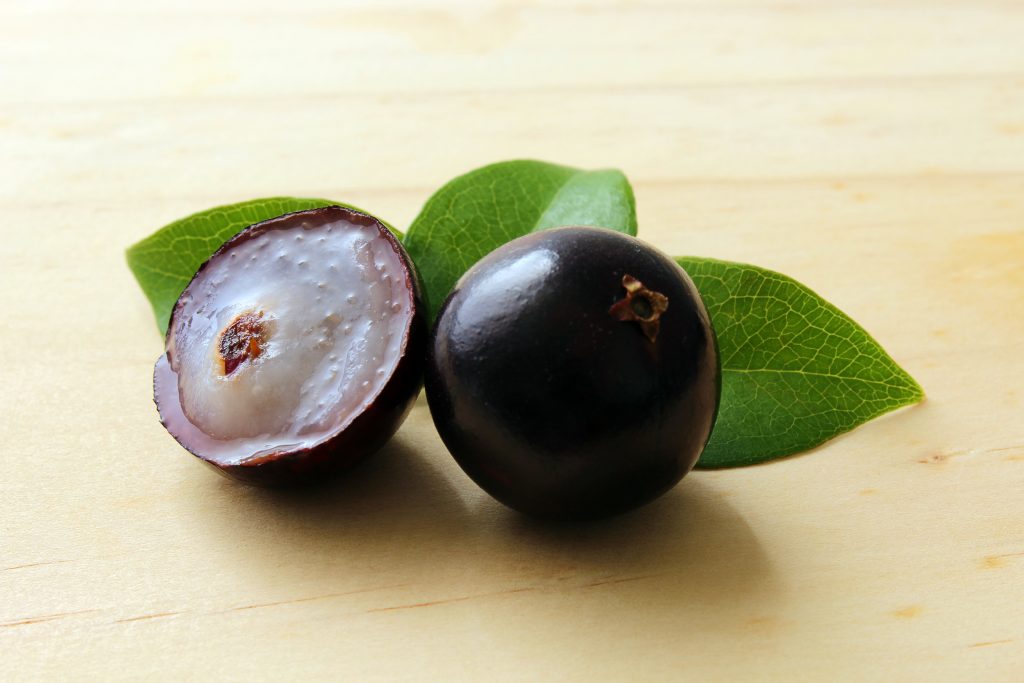
Though Brazil leads, pocket cultivation exists elsewhere:
- Argentina, Paraguay, Bolivia, and other South American countries grow jabuticaba natively mdpi.com+9fruitswisdom.com+9reddit.com+9researchgate.net+15en.wikipedia.org+15reddit.com+15.
- In the U.S. (Florida, California), it’s grown in home gardens and small farms .
- Australia and Portugal have small-scale plantings reddit.com.
However, none of these match Brazil’s volume, cultural prominence, or integrated product ecosystem.
Nutritional & Culinary Appeal

- Rich in antioxidants, especially anthocyanins—comparable to blueberry, açaí, and grapes researchgate.net+4fruitswisdom.com+4pmc.ncbi.nlm.nih.gov+4.
- Contains vitamins C & E, fiber, minerals like magnesium, phosphorus, iron, and zinc fruitswisdom.com+1brazilianfarmers.com+1.
- Used medicinally for asthma, gastrointestinal issues, wounds, and anti-inflammatory purposes .
- Used fresh, fermented, made into wines, syrups, jellies, jams, desserts, and even beauty product ingredients pmc.ncbi.nlm.nih.gov.
Challenges Hindering Wider Expansion
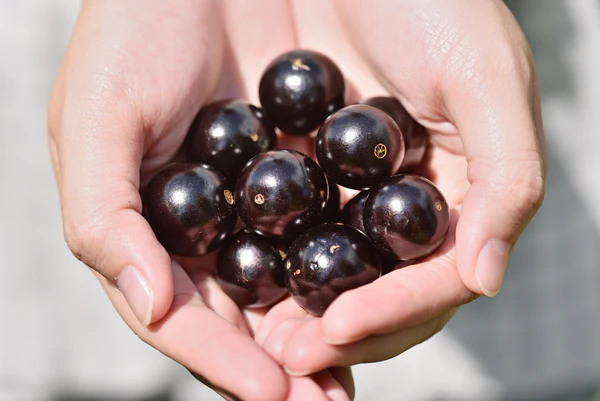
- Very short shelf life limits distribution fruitswisdom.com+1specialtyproduce.com+1.
- Lack of large‑scale farming—cultivation remains fragmented and artisanal .
- Perishability and transport logistics make exporting difficult .
- Consumer unfamiliarity outside Brazil restricts market development.
Opportunities for Growth
- Value-added products like jam, wine, syrup, functional beverages, or cosmetics can extend shelf life.
- Agricultural supply chains: emerging cooperatives and processing facilities support local farmers .
- Export of plants and seeds to establish hobbyist markets abroad .
- Promoting culinary tourism: agritourism farms let guests taste and cultivar with a purpose.
Final Verdict: Brazil Reigns Supreme
In conclusion, Brazil is undoubtedly the world’s largest jabuticaba producer—by both volume and cultural integration. With production spread across multiple states, thriving local markets, vibrant festivals, artisanal processing, and deep-rooted cultural ties, Brazil holds a comprehensive dominance that no other nation currently approaches.
As global interest in antioxidant-rich superfruits and exotic flavors grows, jabuticaba’s future is ripe—but its continued ascent depends on addressing perishability and expanding awareness beyond Brazil’s borders.
